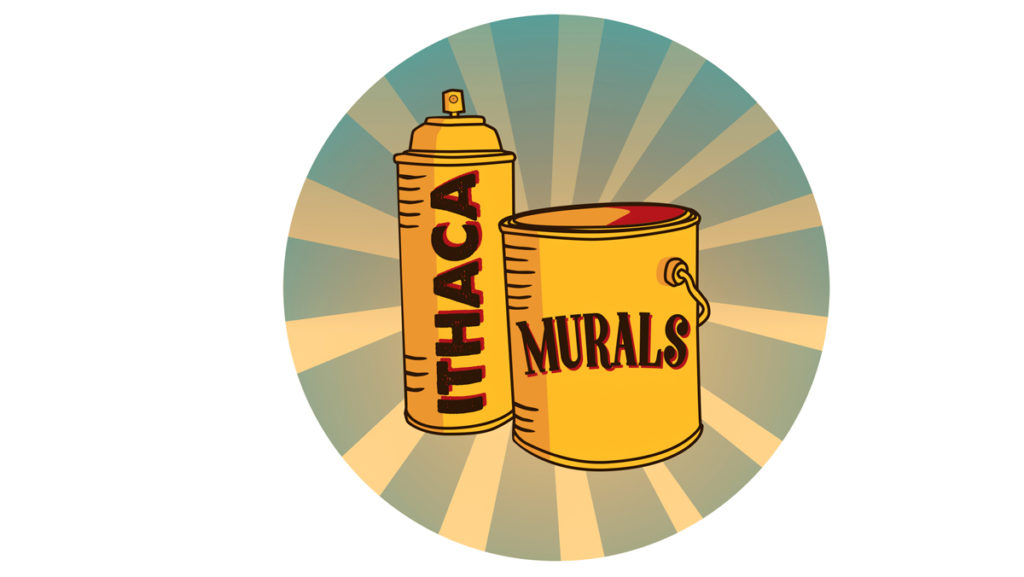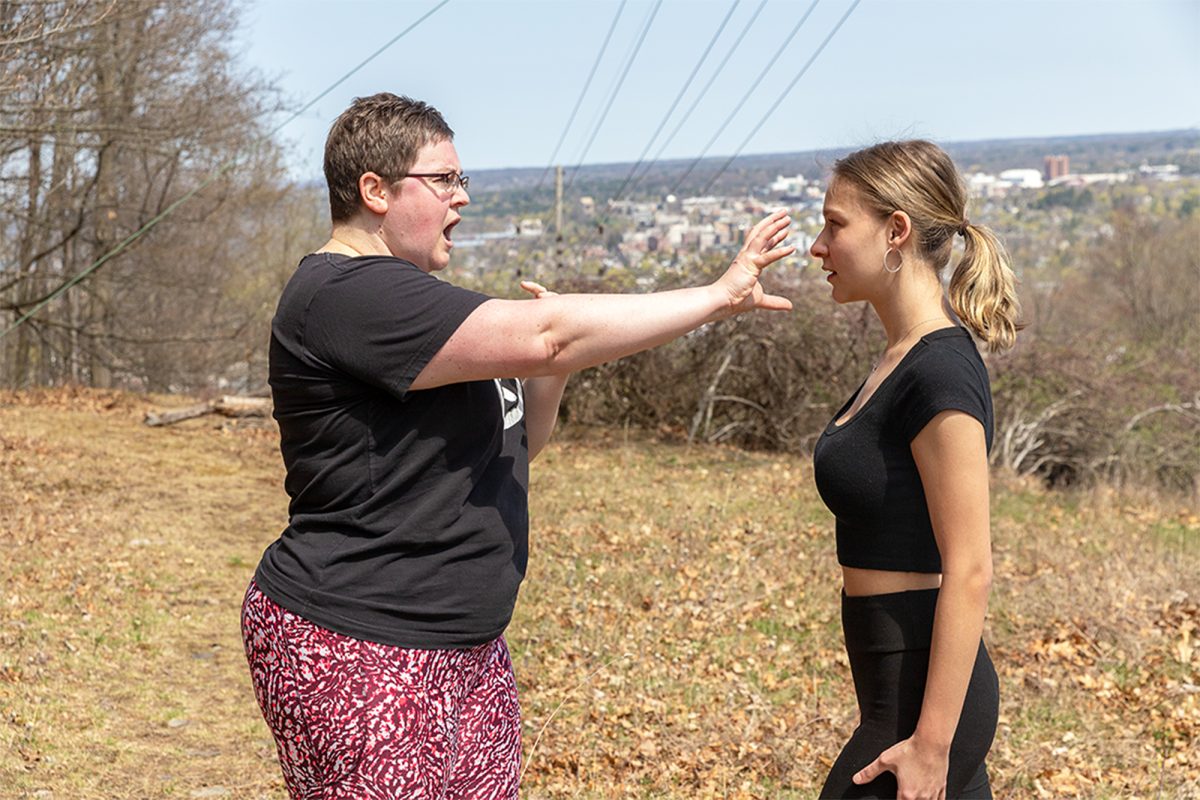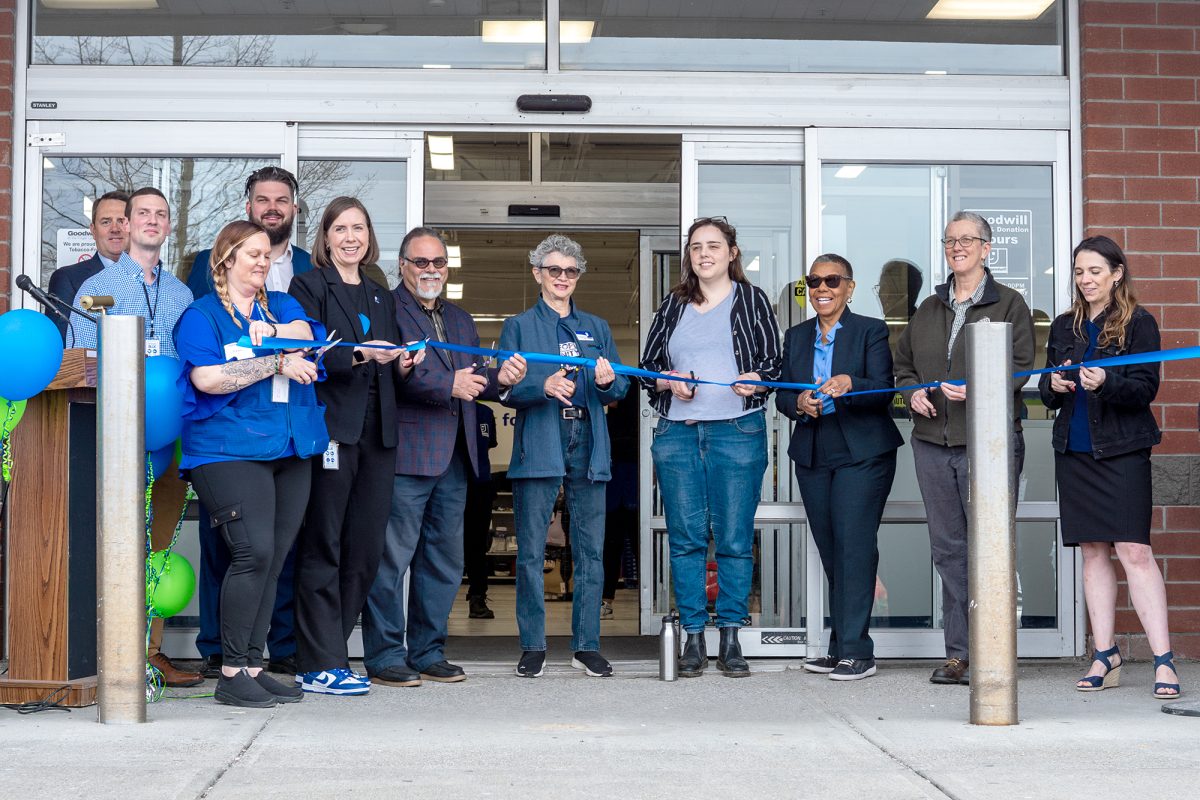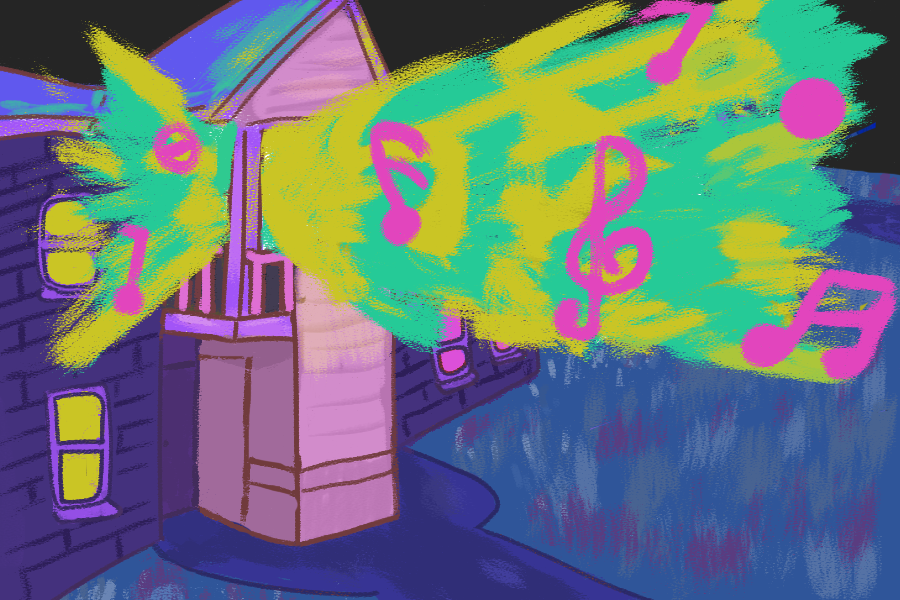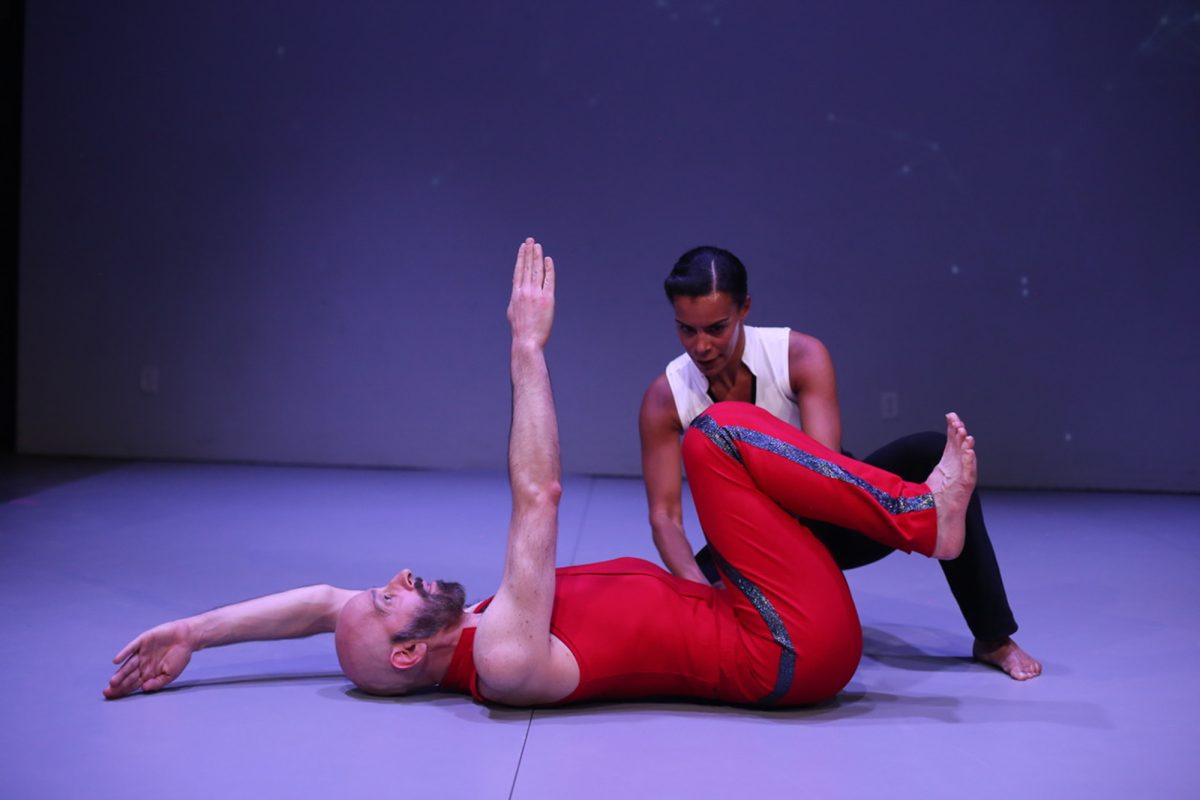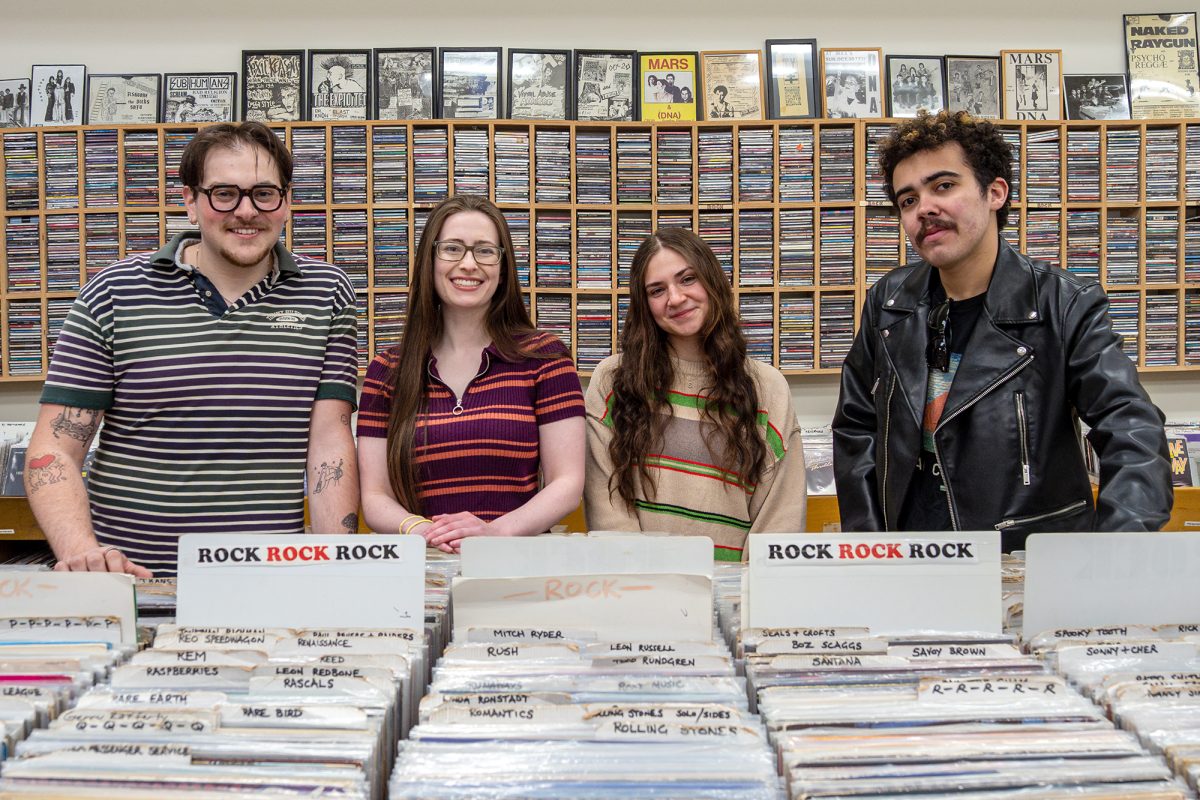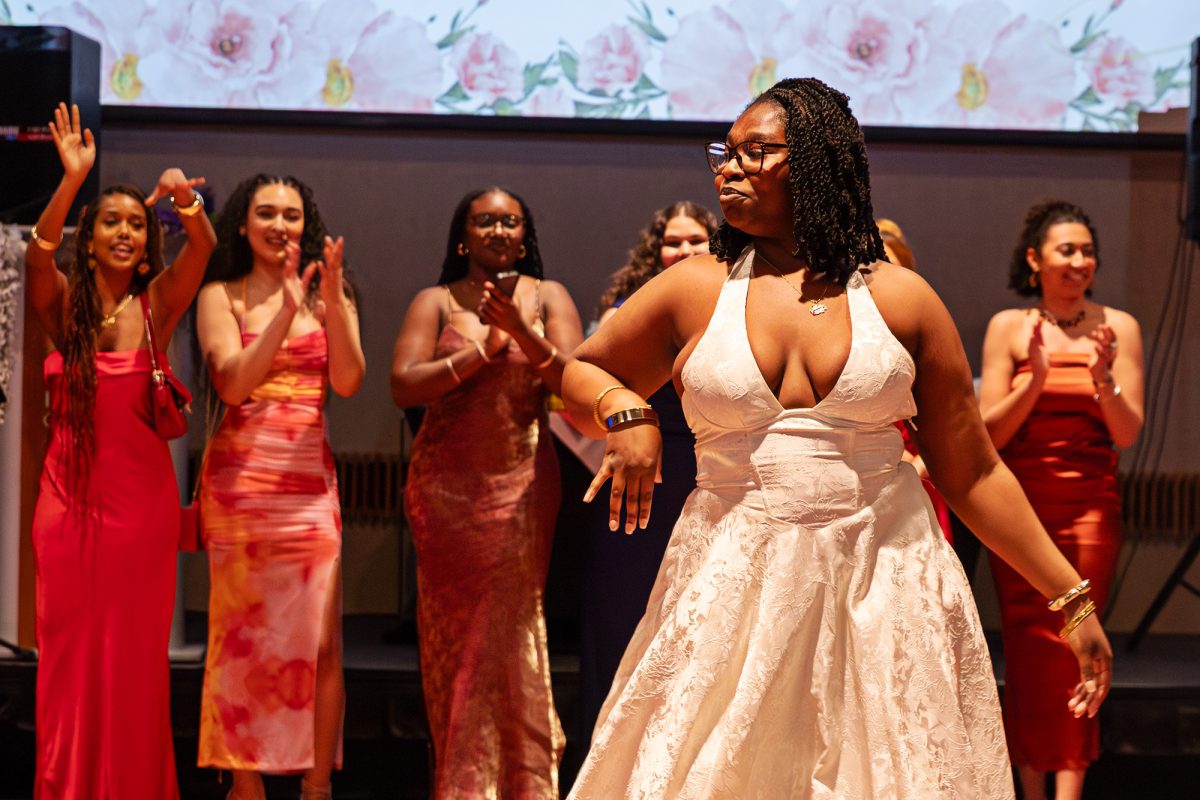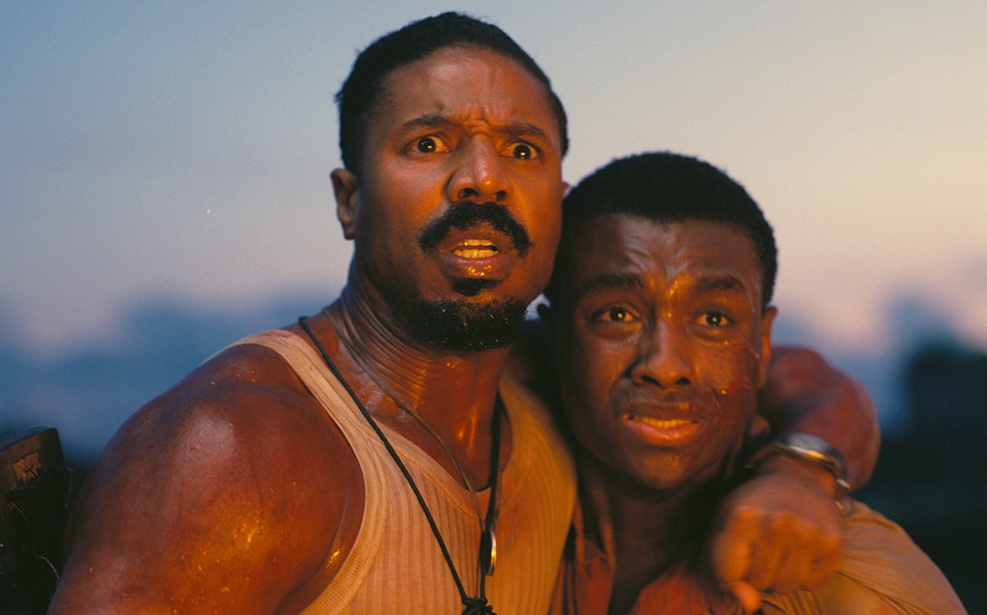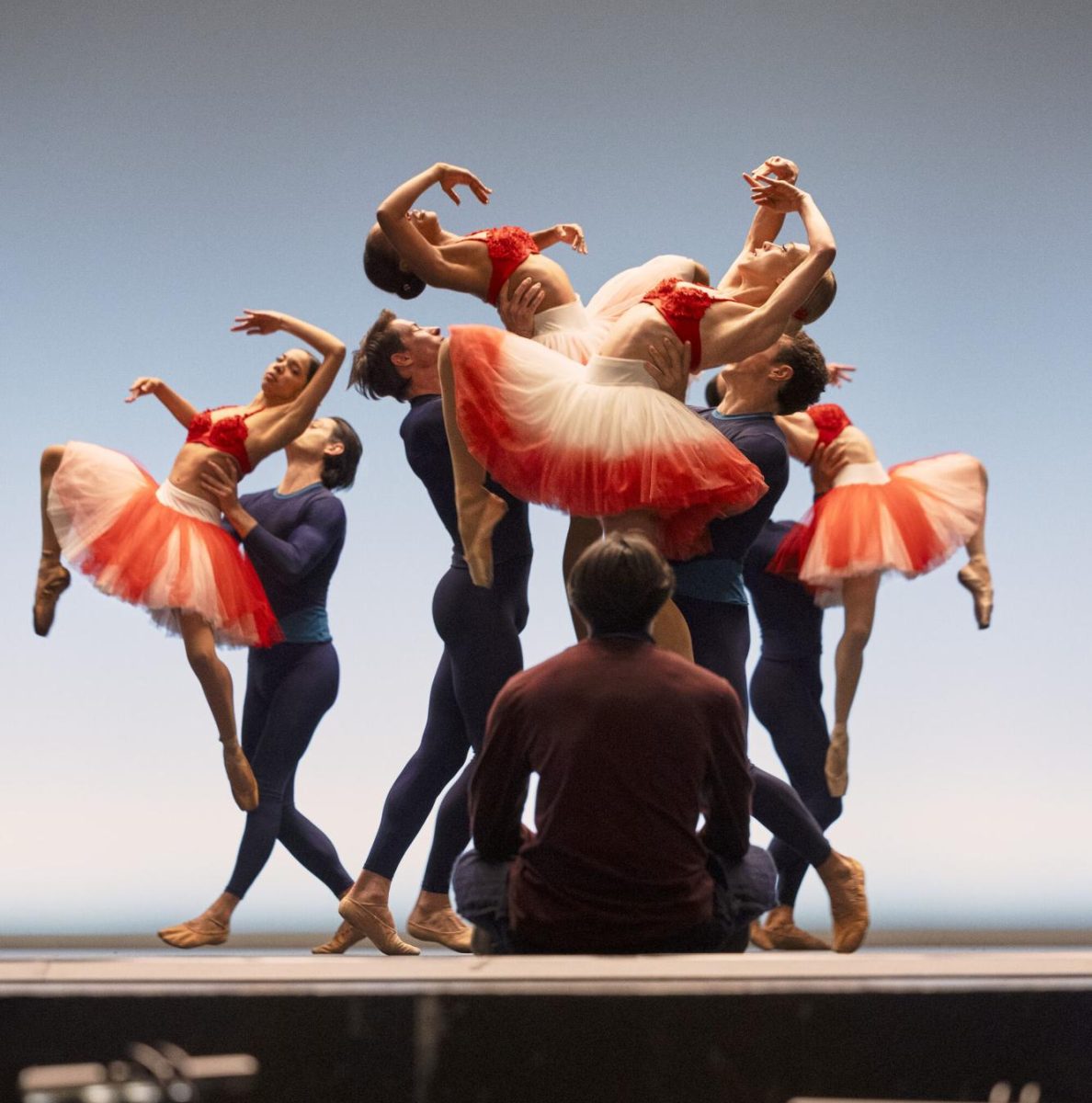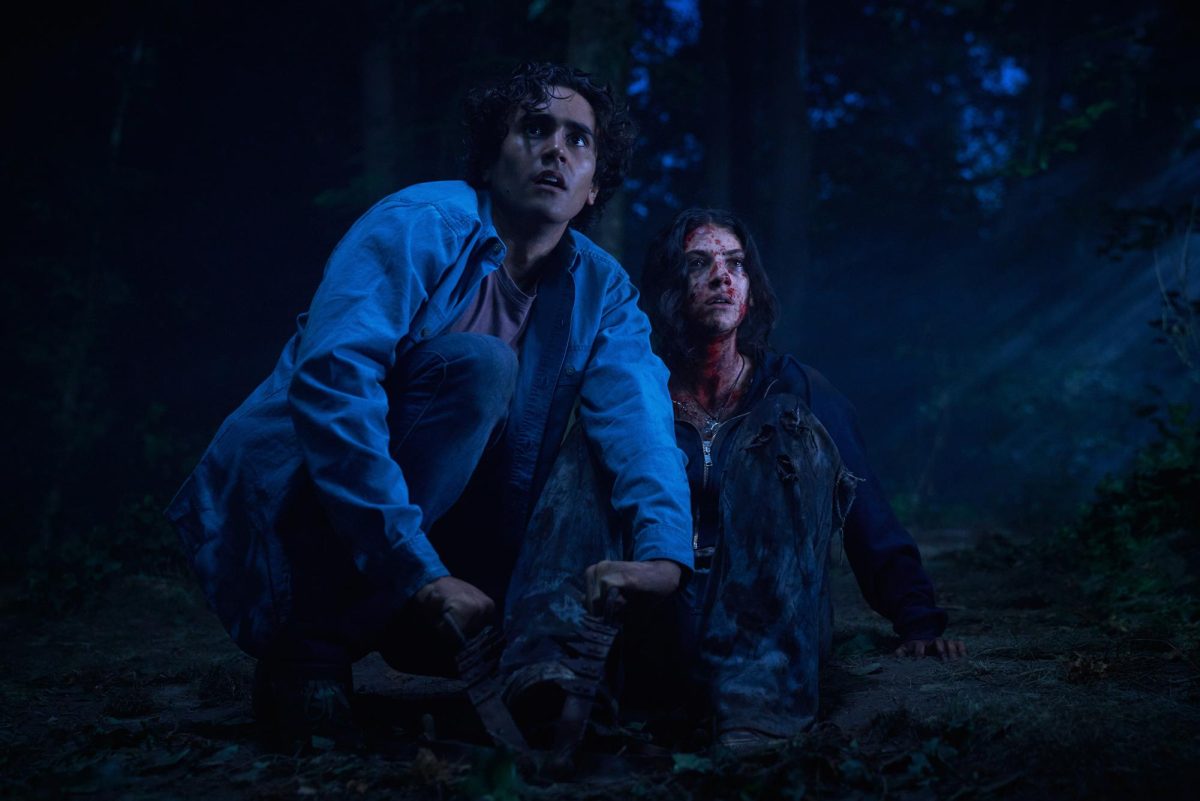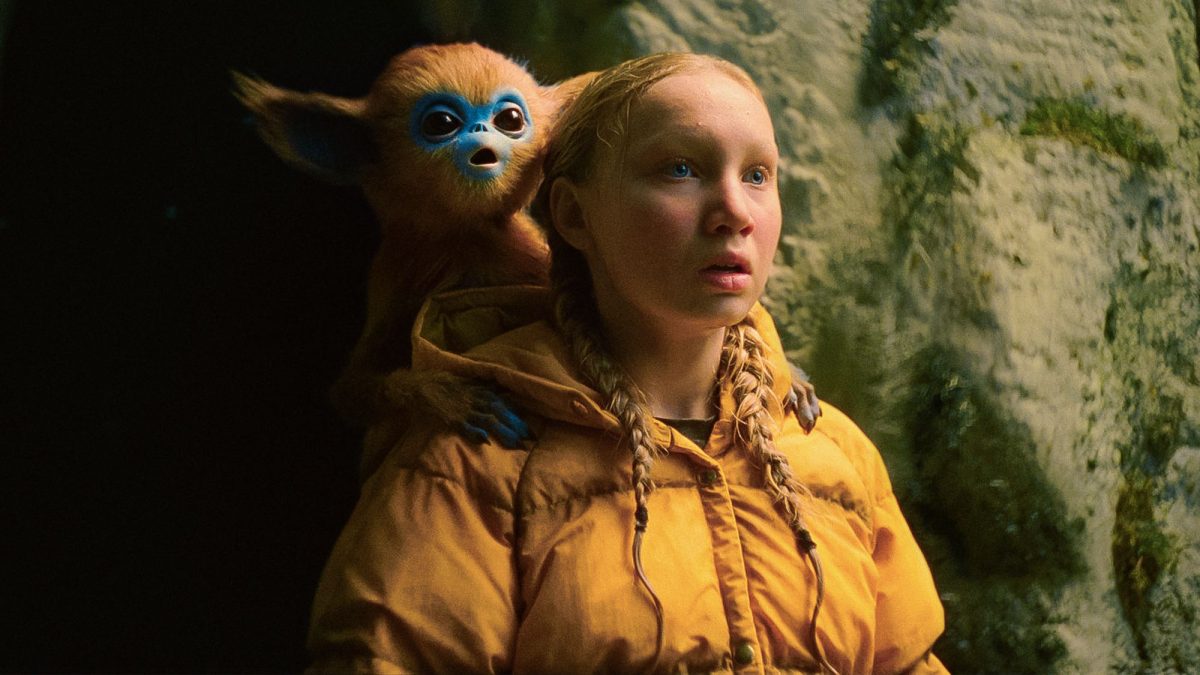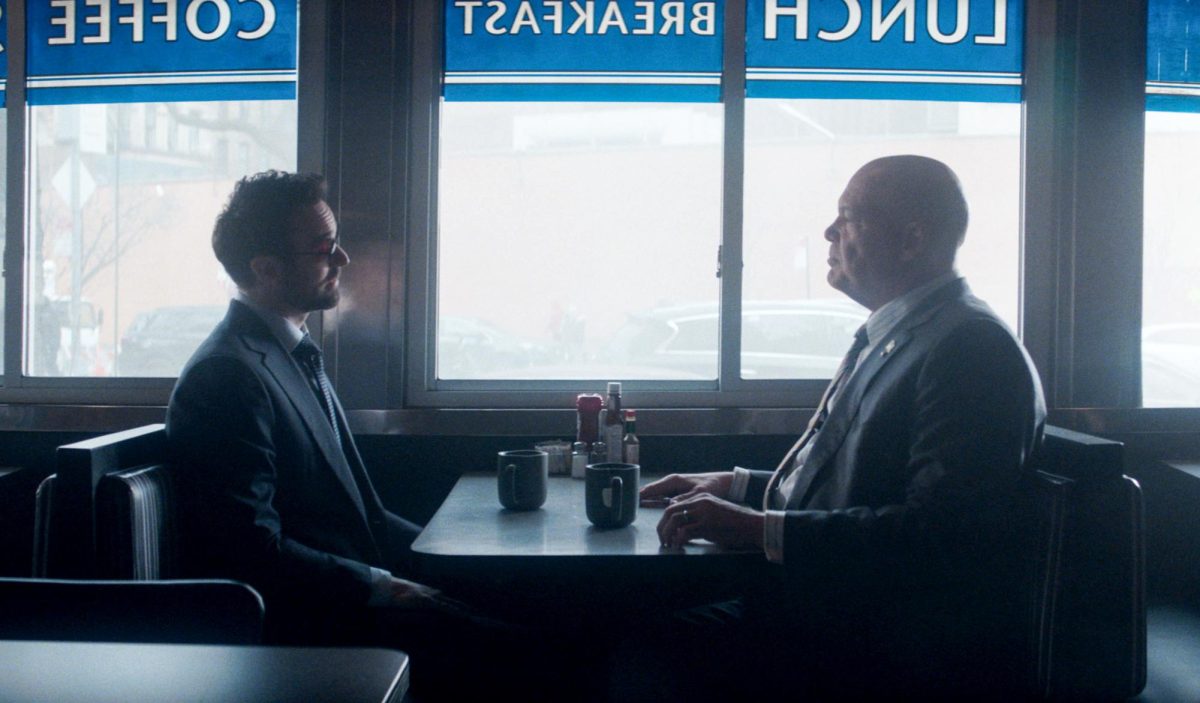One of Ithaca’s most defining characteristics is its commitment to public art. It’s difficult to drive around the city without seeing something painted, designed or sketched on the side of a building or electrical box.
In an effort to bring more diverse artists and artwork to the city of Ithaca, the Justice Walls contest announced the winning mural proposals for the 2019 contest Feb. 12. The winning pieces will be painted across various buildings and landscapes in Ithaca. Caleb Thomas, the organizer of Ithaca Murals, founded Justice Walls, a contest in which interested applicants were encouraged to submit a design for their murals along with logistical components like dimensions, location, supplies and their artistic portfolios. For this year’s competition, 19 winners have been chosen to have their mural proposals painted all over Ithaca.
Thomas found his interest for public art back in 2004 when he worked alongside Ithaca activist Eugenio “Gino” Bush to rename State Street after Martin Luther King, Jr. Four years later, Thomas joined the City of Ithaca Public Art Commission, an organization that works to promote and display artists’ work throughout the city. Since then, the number of murals in Ithaca has increased tenfold and continues to grow today.
For Justice Walls, Thomas enlisted the help of local business owners to be co-sponsors of the competition and fund the winning mural proposals. Co-sponsors signed up to pick which designs will be painted on their sites. Nydia Blas, executive director of the Southside Community Center and one of the co-sponsors, picked three designs to be painted at the center this spring.
“For Southside, we generally like to choose to fund murals that are by nonwhite artists, or pieces that speak to our historical black community, or art focusing on black girls and women,” Blas said. “Southside has always been a space with art and murals. Being with Justice Walls was about our commitment to art, and people being able to express themselves with art and reflect the world around them.”
Ithaca College senior Joe Cruz was a member of the selection committee that helped choose winners of the grants. He said he strove to give visibility to all artists in his selection.
“A major thing was about which artists’ voices are not highlighted currently in Ithaca,” Cruz said. “Has one artist maybe had a monopoly on the mural scene? What do these artists need? How can we make this an equitable artistic experience for people?”
Thomas said he and the selection committee wanted to make sure to include artists who have not painted a mural before in the community. Thomas also said he believes artists who are unfamiliar with painting murals often create the most interesting work.
“We want the walls of our community to represent a diverse population — we want to see young people, people of color, working people, people of marginalized backgrounds,” Thomas said.
The contest also strives to push the boundaries of where murals can be put throughout the city.
“We don’t want this just on walls — we want this on cars, the electrical boxes downtown, parking garages, even if it’s on the sidewalks. We really wanted to reclaim the streets,” Cruz said.
Artists’ proposals from all over the country have been accepted by Justice Walls — from Khalil Bey, a local Ithaca artist who has already begun painting at the Multicultural Resource Center, to Arturo Moh Mendez, an artist currently located in San Francisco, who will begin working on his mural later this spring.
Mendez’s said his design — a piece that he has painted in other cities before — will center on nature and wildlife and has roots in Mexican tradition and culture.
“I am inspired by the tradition of indigenous people in Mexico since their main way of passing knowledge and wisdom was through stories they would tell to new generations,” Mendez said. “On the other hand, they have mastered some techniques to create arts crafts that depict nature and the animals that surround them. So, I decided to merge those two traditions and start telling their stories through murals with the Otomí aesthetic in hopes to educate and honor the tradition.”
Public art can be tricky to navigate because of the varying effects it can have on a community, but Thomas said he chooses to be optimistic about its use in the city of Ithaca.
“Murals are small initiatives that have large ripples out into the community,” Thomas said. “At its worst, public art can be used as a tool for gentrification. If there’s pretty art on a building, then prices go up, owners raise rent, you know the rest. At its best, I think it can help us become active participants in our community and help us have real conversations about the world around us.”Ithaca Murals welcomes volunteer help of any kind from students and locals for the summers and fall semesters to assist with realizing the winners’ visions and helping to paint murals around the city. Anyone interested in volunteering for Justice Walls can contact the organization at either [email protected] or send a message through ithacamurals.com.


